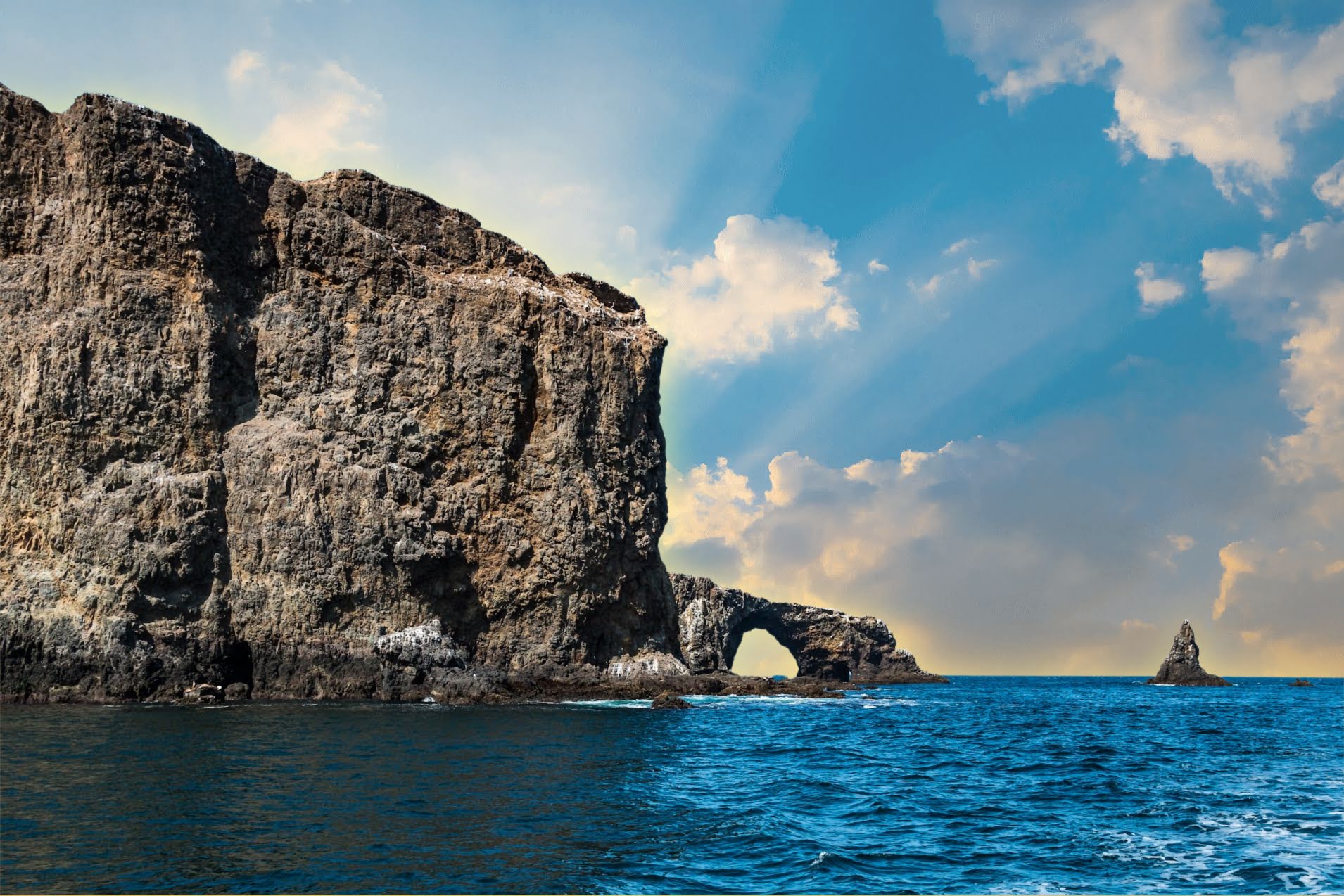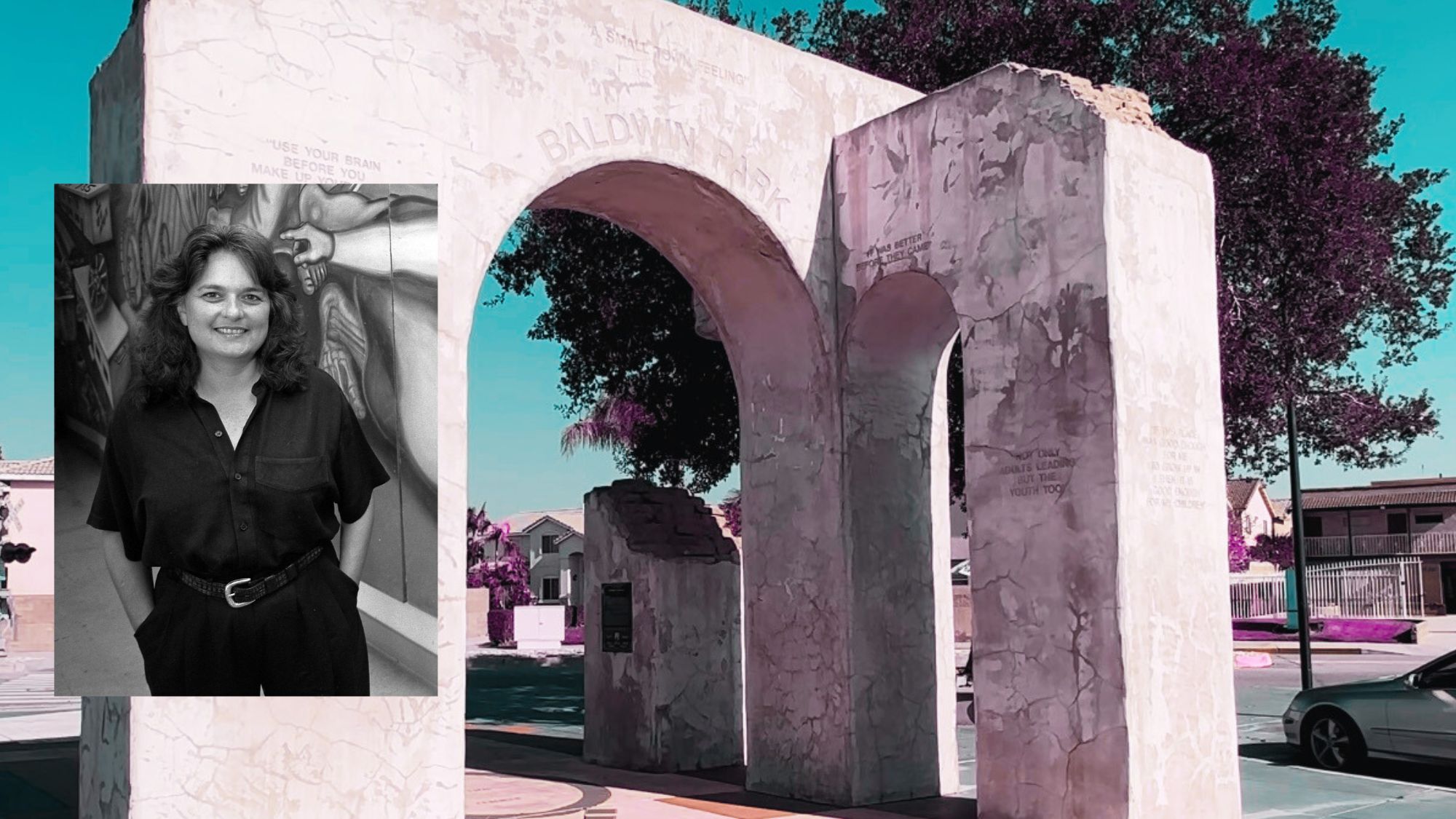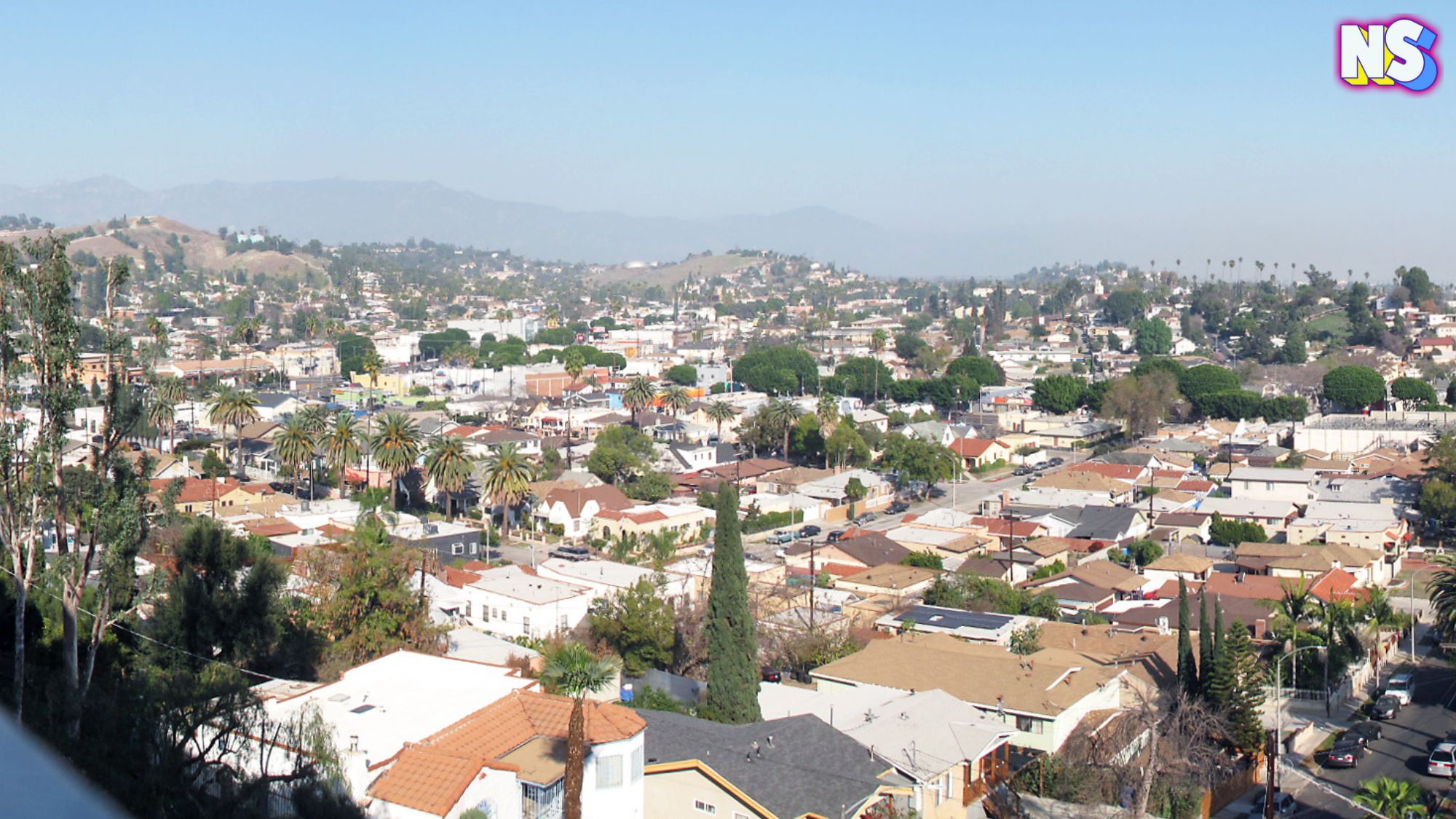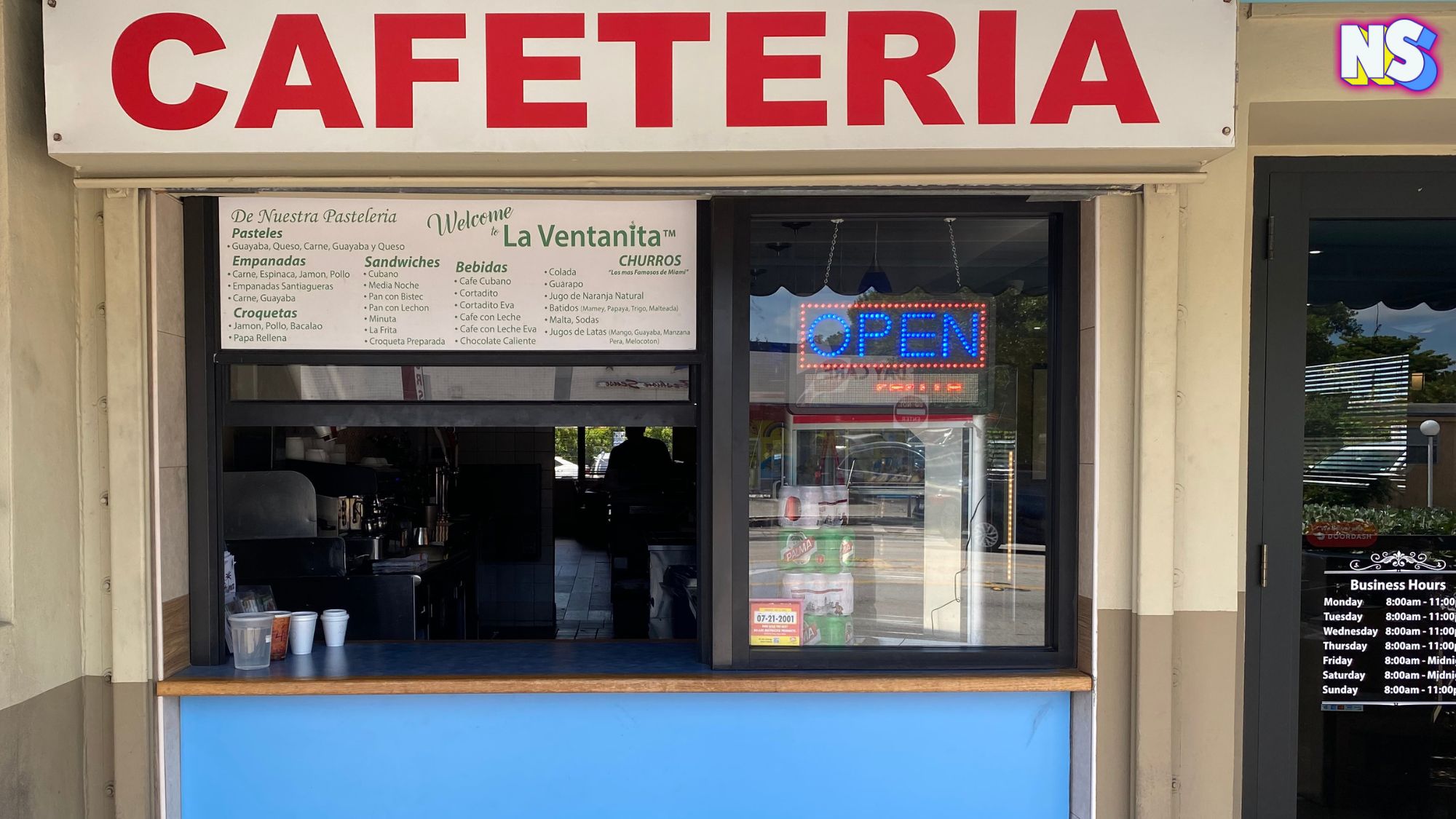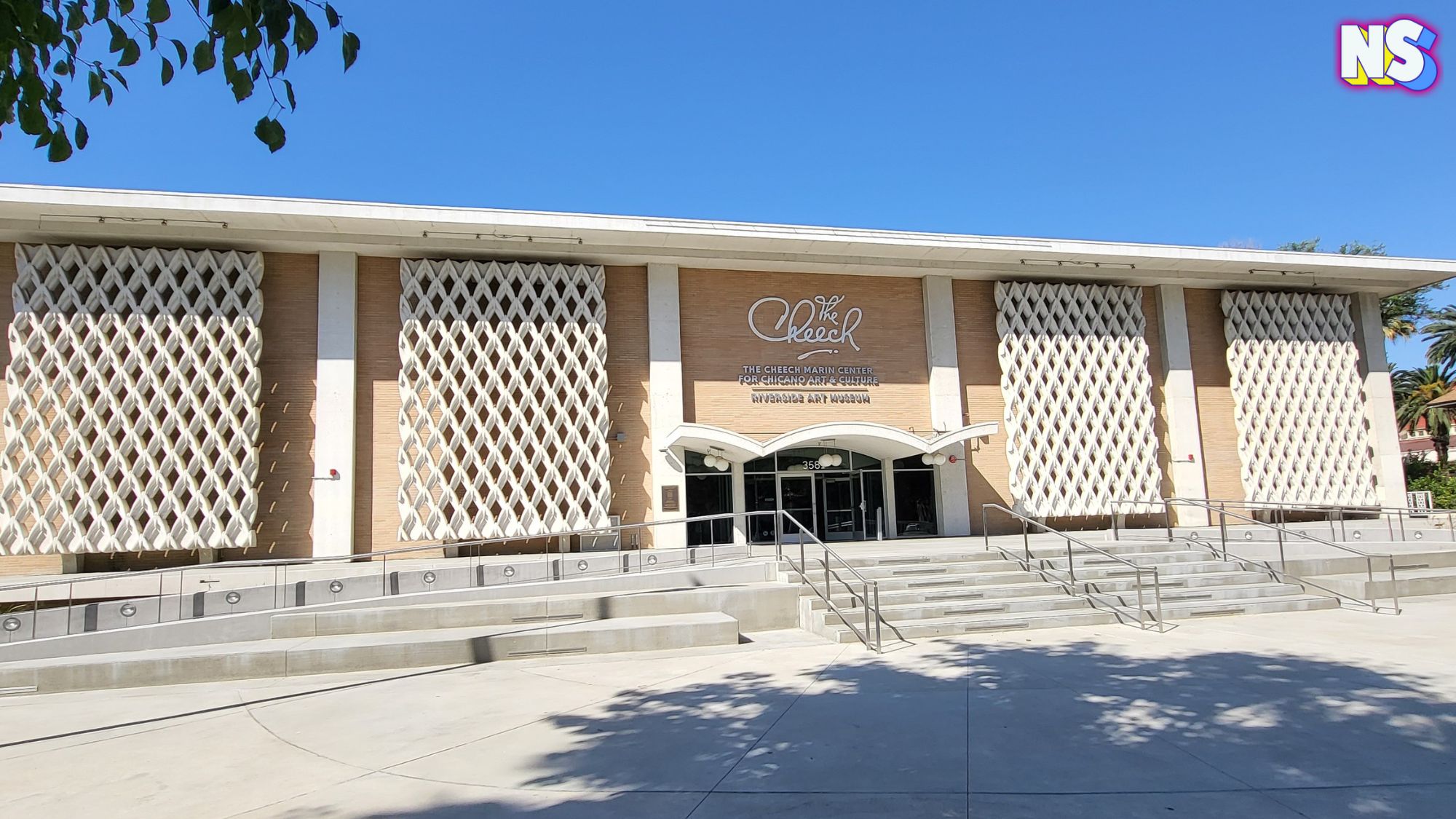Image courtesy of Nuestro Stories.
Off the coast of Southern California lies a small grouping of islands known as the Channel Islands. They are composed of the Anacapa, the Santa Cruz, the Santa Rosa, the San Miguel, and the Santa Barbara islands. Occupied for thousands upon thousands of years before the Spanish colonizers arrived in the 1500s and before the colonizers from Britain actually landed on their shores, the Channel Islands were home to the Chumash tribe.
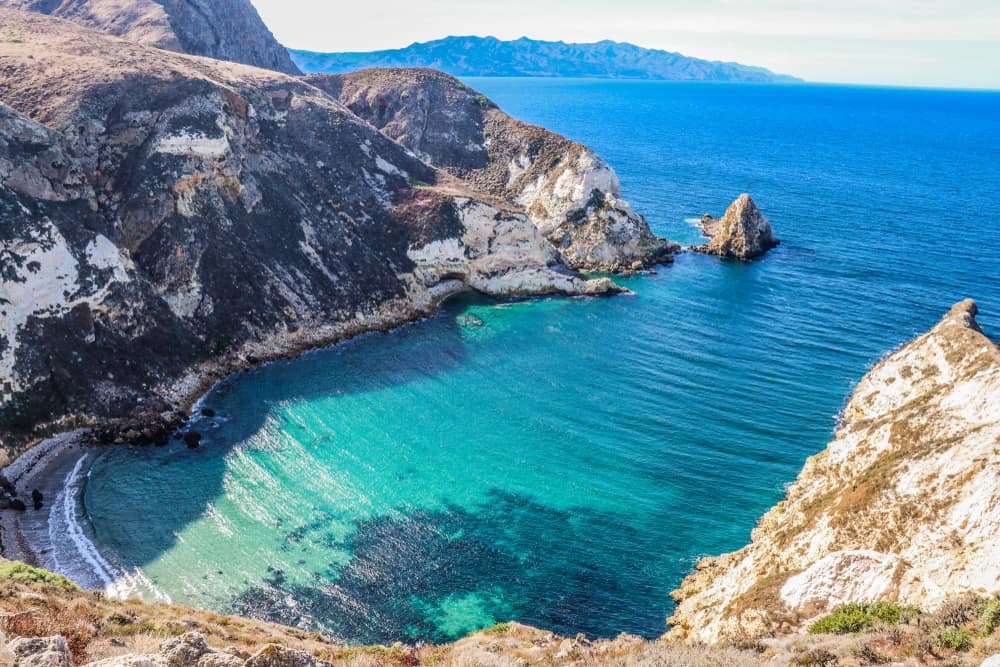
Anacapa
The Anacapa Island is the one closest to the mainland, with archaeologists finding evidence that shows the Chumash tribe was either living or visiting it for 5000 years before the Spanish arrived. Despite Anacapa being closest to the mainland, it was actually the island that showed the least amount of habitation.
According to the legends, the Chumash tribe’s people were forced out onto the island after a civil war was fought. In order to escape the possible threat of continued violence, they continued to the furthest reaches of the islands. Anacapa appears to have been primarily used as a seasonal fishing spot and was affectionately given the name Ennepah by the tribes, which translates to ‘mirage’ or ‘deception.’ The island does not appear welcoming or inhabitable from a far distance, making its beauty only available to those willing to find it, hence the name.
Santa Cruz
From Anacapa, you can make your way to Santa Cruz island, the most biologically diverse and the largest of the islands. With evidence showing a Chumash inhabitation going back 9000 years, this island probably saw the most traffic from both the Chumash and, inevitably, the rest of the world. The Chumash dubbed the island Limuw which meant ‘in the sea,’ a reference to the lush environment created on the island due to the blessings of the ocean. The Chumash set up a complex and highly functioning society that focused on marine harvesting and mining plentiful resources, such as chert deposits, to forge tools.
The island is known for its gorgeous surroundings – canyons, waterfalls, streams, and tidepools. One of its main attractions is the Painted Cave, one of the world’s deepest, largest sea caves; it is beloved due to the colorful rocks that create a painted canvas on the walls.
San Miguel
The island of San Miguel was utilized by the Chumash for a little more than 11,000 years before the Spanish colonization efforts overtook the land. With Juan Cabrillo’s arrival marking the drastic shift that would befall the land, Cabrillo claimed San Miguel in the name of Spain in 1542, renaming the island La Posesion, or The Possession. While the island’s beauty is something that attracted both the Chumash and the Spanish, they were not the first to inhabit the life-giving island. Fossils dating back to the Pleistocene era indicate that pygmy mammoths lived on San Miguel thousands of years before humans did. Fossils seem to be the theme of San Miguel island, as you can also take in the amazing sand castings of ancient vegetation left behind in the caliche forest.
Santa Rosa
On top of being an island known for its wide variety of animal life, including some extremely rare species, the Santa Rosa island was known as Wima to the Chumash tribe, which means ‘redwood’ and was given as a name to the island because of its dense vegetation, particularly ancient relics of redwoods past.
Santa Rosa was so much more than a place for flora and fauna to collide. It is a place where cultures collided. Literally, in most cases. Varied and scattered remnants of previous peoples have been found over the years, from “explorers” from England to Spanish missionaries. From military ships to boats of sea otter hunters, there has been no shortage of people who have called Santa Rosa home – whether they were welcome or not. Though no people seem to go as far back as the Arlington Man, human remains dating back to 13,000 years ago, which are believed to be the earliest dated fossils of humans found in either North or South America.
Santa Barbara
The smallest and seemingly most barren of the Channel Islands, Santa Barbara appears to be the island that was least touched by human hands. Though it appears as if there is no form of life there, once you move deeper into the island’s core, you find that there are blooming, teeming horticultural things happening everywhere around you. On top of the plant life, what you also find is another thriving subculture. Sea otters favor the island, and dozens upon dozens can often be found scattered about the island’s shores.
Things to Know Before You Go:
- The Channel Islands is considered a national park off the coast of Southern California. The visitor centers are accessible by car.
- The park is open year-round, but islands can only be reached by boat, canoe, or private plane – which means you have to plan ahead for a trip to the Channel Islands.
- It is free to go to any of the islands, but there are fees if you are going to camp there.
Take a look for yourself here.

